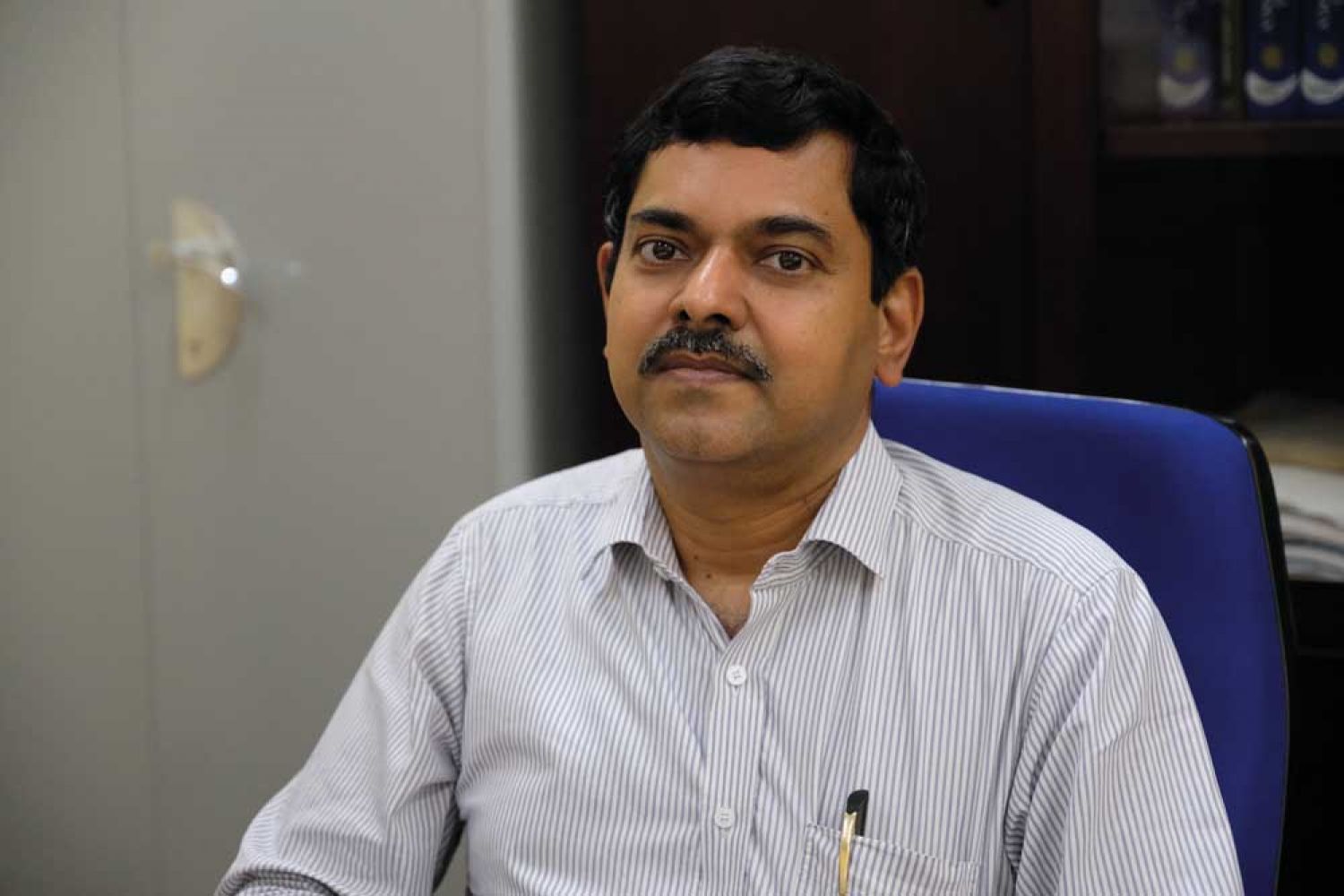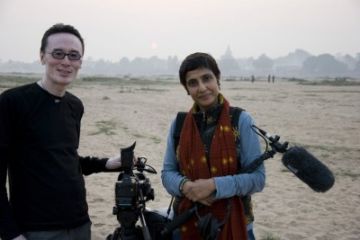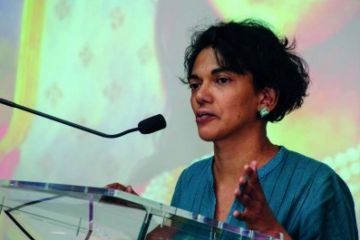
The focus of climate change researchers has been on carbon dioxide emissions over the last few decades. But, it is only recently that the role of carbon aerosols in climate change has been understood. The work on carbon aerosols was pioneered by Professor S. K. Satheesh.Satheesh has studied aerosols in detail, spending almost six years in Lakshadweep and the Maldives islands. His initial work on sea salt aerosols and dust aerosols explained how natural aerosols affect the monsoon. But it was his





